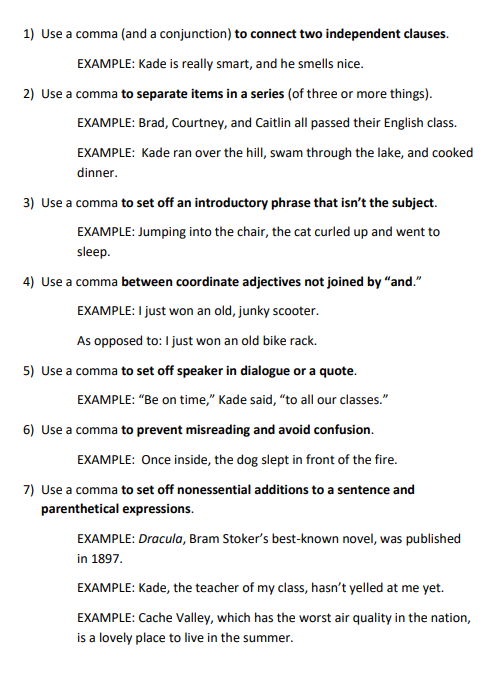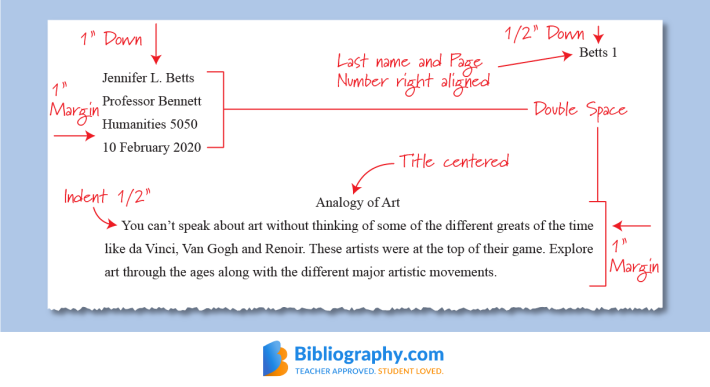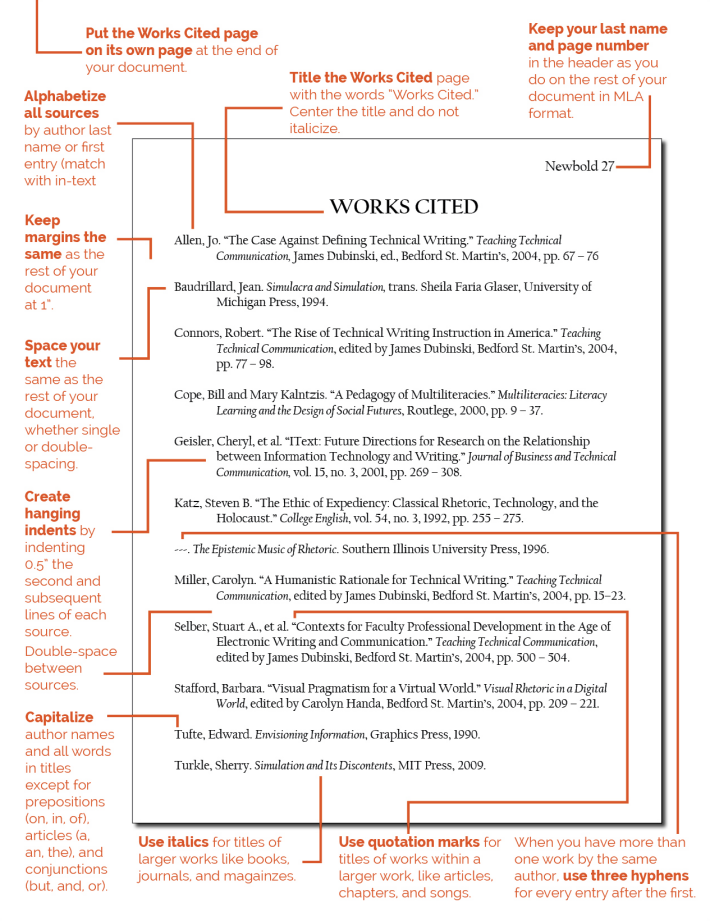Completed!
A Brief Lesson on Formatting Basics and Contemporary Writing
Part of writing effectively is relying on basic standards so your readers can focus on what you’re writing (instead of being distracted by how you wrote it).
Accordingly, especially since this is a college course, you will need to use proper grammar, punctuation, spelling, capitalization, and paragraph structure for all assignments and quizzes. For example, missing commas after a sentence introduction are a frequent loss of points for many students. As a refresher, here are the basics:


I highly recommend Grammarly.com to run automated checks for minor errors. It’s free and is also available as a browser extension to check your writing within your browser. It seems to work far better than pressing F7 in Microsoft Word.
In this course, as in any English or Humanities course, we’ll be using MLA style formatting for all uploaded assignments. Most of you should already be familiar with MLA formatting but here’s a basic refresher, in a series of diagrams.
MLA formatting does not use cover sheets. Instead, the headings of your first paper should look like this:


Remember to indent the first line of each paragraph. As a result, you will not need a blank line between paragraphs.
For your headings, my name is James Smith.
For the page numbers and other features, there are thousands of quick tutorials online. Please search for “MLA how to” and whatever you’re wondering about.
You do NOT need to create a “Works Cited” page for official readings in the course.
If you use resources outside the official course, you will need to cite them on a Works Cited page. Here’s a diagram of how those are formatted (except the heading is too big in the diagram; it should be size “12” in Times New Roman font):


Contemporary Writing
Please use contemporary writing approaches, as popular trends in writing have changed over the years:
1. Try to use formal, objective, third-person phrasing (unless the assignment is calling for a personal response):
- The essay considers…
- Many experts suggest that…
- The readings appear to agree…
- From his research, Smith states, “This is what professional writing is like today.”
Third-person writing generally sounds more objective, direct, trustworthy, and hopefully, clearer. Clarity is the highest priority in writing.
2. Write as concisely as possible. If text can be edited out, with the same meaning and impact, edit it out.
There has been a move away from introducing whatever was about to be said, to just saying it, instead.
Transitions are often shortened to a brief phrase, or abandoned altogether. In their place, many writers and publications have adopted using subheadings to group multi-paragraph topics to keep things as clear as possible.
- Then: Next, we will consider the first point of our essay, as we discuss what you have surely noticed as to the remarkable ability of many avian creatures to soar into the skies in magical and wondrous flight!
- Now: Most birds can fly.
3. Paragraphs have also gotten shorter. This is mostly driven by our reading appearing online. Long paragraphs are tough to read on a small screen.
Look at articles online. Nowadays, two- or three-sentence paragraphs are often the norm.
Or, just look over this lesson. Notice how the paragraphs are written.
How many sentences are in each paragraph? Did that help make the lesson easier to read and follow?
A rule of thumb: a “page” is 250 words. In general, contemporary readers expect each page to be broken up into several paragraphs. The days of the page-long paragraph are over.
Congratulations on completing the first unit!
Good work! Before you proceed to the next, please be sure you are satisfied with your previous scores before moving on.
If you have any questions — on formatting, the course, or the assignments — please ask! I’m here to help!
